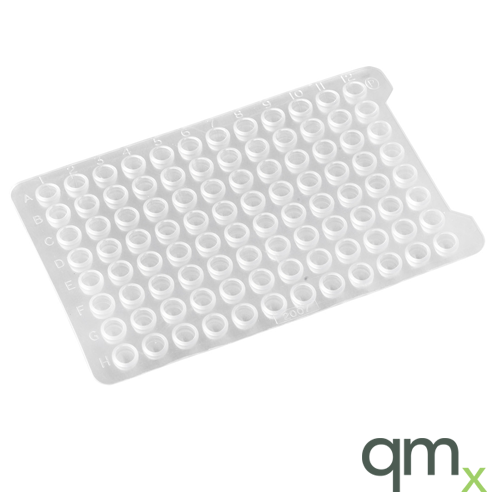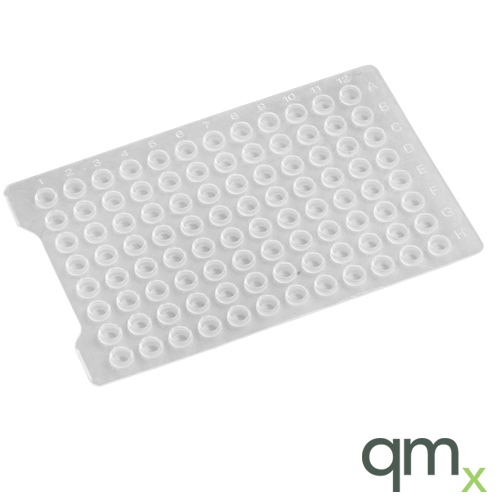Closures & Seals
Microplates are a convenient method for the storage and transport of compounds, and analysis of samples, and choosing the correct closure for each type of microplate is important to protect precious samples and avoid unnecessary work further downstream.
Microplates can be sealed in a number of ways including single-use closures such as Thermal seals and Adhesive seals, reusable closures such as Friction seals (Cap mats) and universal Lids. Single use closures are available as single sheets or continuous rolls for use with automated heat sealing instruments.
We offer a comprehensive range of sealing films and foils for thermal and adhesive sealing of microplates, re-usable cap mats for friction sealing of microplates plates including moulded liners that lock into the vials, specialist sealing films for PCR and cold storage, cell and tissue culture, ELISA, EIA and similar arrays, along with universal lids for microplates.











